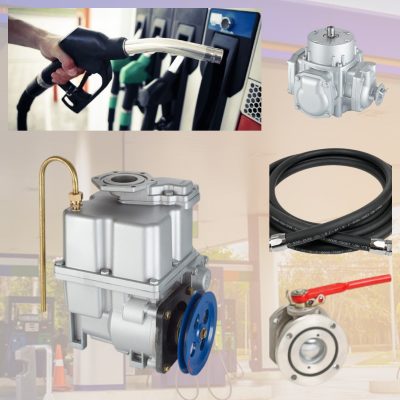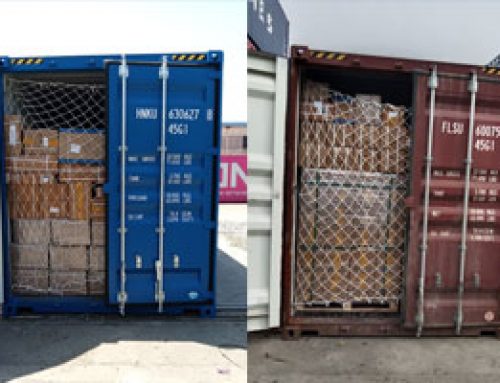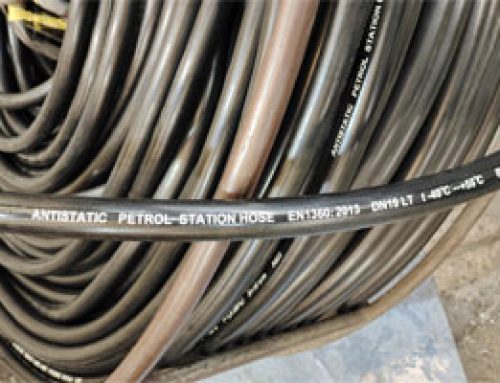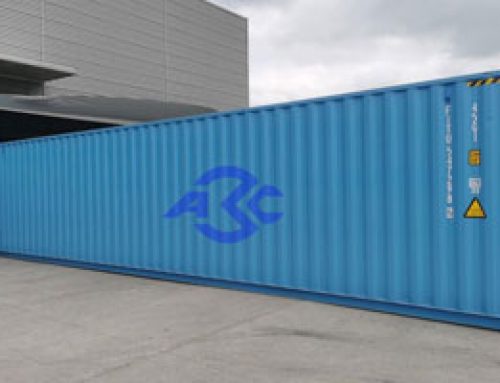Main Parts of Fuel Dispenser
Fuel dispensers are complex machines that consist of various components working together to deliver fuel safely and efficiently. Below are the key parts of a fuel dispenser:
Fuel Hose
A fuel hose is a flexible tube designed to transport fuel from one component of a fuel system to another. It is commonly used in vehicles, aircraft, boats, and other machinery with internal combustion engines. Our fuel hoses are mainly made from rubber materials that resist the corrosive of fuel.
materials that resist the corrosive of fuel.
Fuel Nozzle
A fuel nozzle is a device used to dispense fuel from a pump into a vehicle’s fuel tank or other storage container. It is commonly found at gas stations and is designed to safely and efficiently transfer fuel, such as gasoline, diesel, or other types of liquid fuels.
Flow Meter
A flow meter for a fuel dispenser is a critical component used to measure the volume of fuel being dispensed. It ensures accurate billing and helps in maintaining the efficiency of the fuel dispensing system. Choosing the right flow meter for a fuel dispenser involves considering the type of fuel, required accuracy, and environmental conditions.
Fuel Pump
A fuel pump for a fuel dispenser is a critical component in the system that delivers fuel from the storage tank to the vehicle or container being filled. When selecting a fuel pump for a fuel dispenser, it’s essential to consider the specific requirements of your application, including the type of fuel, flow rate, and pressure needs. Regular maintenance and proper installation are crucial for ensuring the longevity and efficiency of the fuel pump.
Valves
-Control Valve: Regulates the flow of fuel.
-Check Valve: Prevents back flow of fuel.
– Safety Valve: Ensures safe operation by shutting off fuel flow in case of emergencies.
Filters
Filters for fuel dispensers are essential components that ensure the cleanliness and quality of the fuel being dispensed. They help remove contaminants such as dirt, water, and other particulates that can damage engines or fuel systems. Filters remove impurities and debris from the fuel before it reaches the vehicle’s tank, ensuring clean fuel delivery.
Sensors
Sensors, particularly pulsers, play a critical role in fuel dispensers by accurately measuring the volume of fuel being dispensed. If you’re looking for specific models or brands of pulser sensors for fuel dispensers, manufacturers like Topaz, Gilbarco and Bennett Pump are well-known in the industry. Always ensure the sensor is compatible with your dispenser model and meets local regulatory requirements.
Other parts of Fuel Dispenser
- Display and Keypad
– Display: Shows information such as fuel type, volume, price, and total cost.
– Keypad: Allows customers to select fuel type, enter payment information, or activate loyalty programs.
- Computer and Electronics: Manages the dispenser’s operations, including communication with the point-of-sale (POS) system, payment processing, and diagnostics.
- Hanging Hardware: Includes the bracket or hook that holds the nozzle when not in use.
- Casing and Panels: The outer shell of the dispenser, typically made of durable materials like stainless steel or coated aluminum, protects internal components from weather and vandalism.
- Price Per Unit (PPU) Display: Shows the current price per unit (e.g., per gallon or liter) of the selected fuel.
- Blender (for multi-product dispensers): Mixes different fuel grades (e.g., regular and premium) to create a mid-grade fuel option.
- Vapor Recovery System: Captures fuel vapors during refueling to prevent them from escaping into the atmosphere, reducing emissions.
- Emergency Stop Button: Allows immediate shutdown of the dispenser in case of an emergency.
- Communication Module:Enables the dispenser to connect to the station’s network for real-time data exchange, remote monitoring, and software updates.
- Dispenser Island:The base structure that houses the dispenser and connects it to the underground fuel storage system.
- Payment System:Includes card readers, contact-less payment terminals, and cash acceptors for seamless transactions.
- Dispenser Management System (DMS):Software that monitors and controls the dispenser’s operations, including fuel delivery, diagnostics, and reporting.
- Dispenser Lights:Provide illumination for nighttime operation and indicate the status of the dispenser (e.g., in use, out of service).
- Underground Components:
– Piping: Connects the dispenser to the storage tank.
– Tank Monitor: Tracks fuel levels and detects leaks in the underground storage tank.Each of these parts plays a critical role in ensuring the safe, accurate, and efficient delivery of fuel to vehicles. Regular maintenance and inspection are essential to keep the dispenser functioning properly and to comply with safety regulations.





